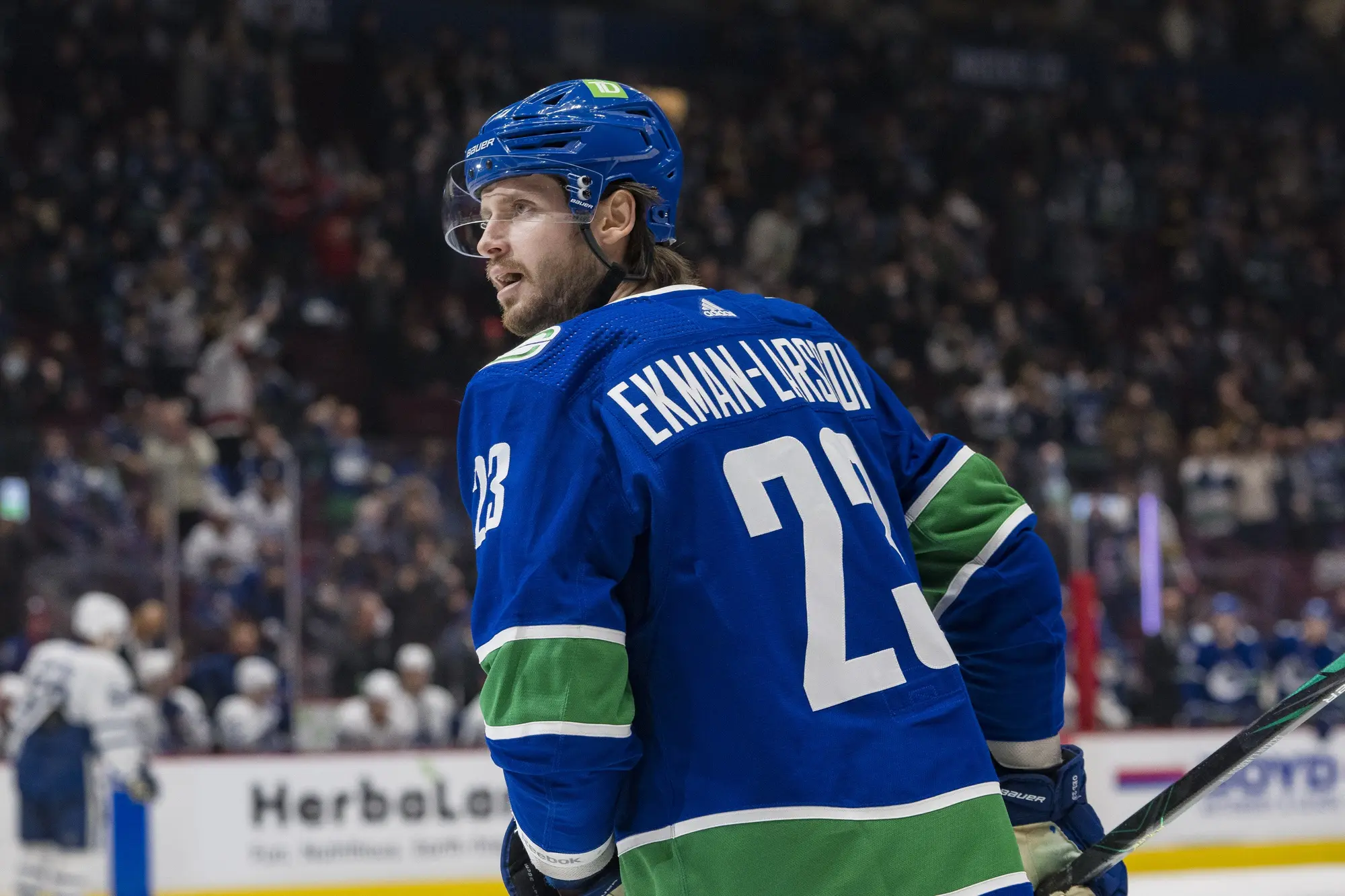Oliver Ekman-Larsson is good, but the Canucks need to find him a better partner
Photo credit: Bob Frid-USA TODAY Sports
By Mike Gould
Aug 19, 2022, 11:00 EDT
Keep scrolling for the next article
Breaking News
- What’s going on with Tom Willander?: Canucks Conversation
- WDYTT: Your personal top offseason priority for the Canucks
- Abbotsford Canucks Game Day: Round 2 of AHL Playoffs begin tonight in Coachella Valley
- Canucks’ Adam Foote has received ‘expressions of interest’ in NHL head coaching jobs: report
- The Carolina Hurricanes just set an interesting new NHL contract precedent (that the Canucks should look to employ)
